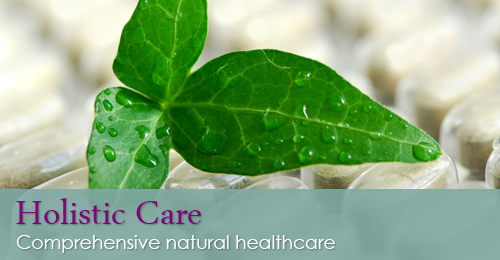Nutrition and Lifestyle Associated With Pain
In order to see the connection between nutrition and pain we must first understand some basic science on what causes pain.
Pain comes from inflammation. Inflammation is the bodies natural response to invasion by infectious agent, toxin, chemical, or damage from physical trauma. Inflammation actually tries to protect our body. For example, when you are injured you may have redness, swelling, or pain due to inflammation. This forces you to be gentle with or guard that location, thus helping the healing process to take place. So short-term inflammation for the purpose of assisting in the healing process is good, but chronic and systemic total body inflammation is associated with the concept of oxidative stress, being the root of most disease. Specifically, inflammation has shown to be the root of heart disease, hypertension, cancer, and is a leading contributing factor in all degenerative diseases. Some conditions are already known to be rooted in inflammation. You can tell if a condition is inflammatory because it usually ends in the letters “itis” (i.e. arthritis, pancreatitis, dermatitis, meningitis).
To understand the inflammation and immune system better, you must understand the concept of free radicals and oxidative stress. A free radical is like a thief. It is lacking something thereby making it unstable, so it steals what it needs from your body. To be more specific, everything in the world is made up of atoms which contain protons, neutrons, and electrons. Electrons are stable in pairs. A free radical is missing one electron which makes it highly unstable and reactive. It steals an electron from the closest stable nearby molecule and cell. When a free radical steals an electron it damages the cell. This is called free radical damage which results in oxidative stress. This can impair immunity and alter DNA code in our cells.
Antioxidants give an electron to the free radical, thus stabilizing it so the free radical does not need to steal an electron. You have all heard, “Eat lots of foods high in antioxidants when you are sick”. This is why. Other things that create oxidative stress include medications, drugs, radiation, tobacco, exercise, sunlight, electronic pollution (ELFs), many food additives, water, air, other metabolic processes, all physical and emotional stress, etc. Not all things that cause oxidative stress are bad. They are part of the body’s natural processes, but even these good stressors, such as exercise, need proper nutrition to prevent free radical damage. There are two types of antioxidants, water soluble and fat soluble, each targeting different parts of the body. It is therefore recommended for people to consume adequate amounts of both water soluble antioxidants (i.e. Vitamin C, resveratrol, etc) and fat soluble antioxidants (i.e. Vitamin E, A, astaxanthin, etc) through diet and/or proper supplementation.



